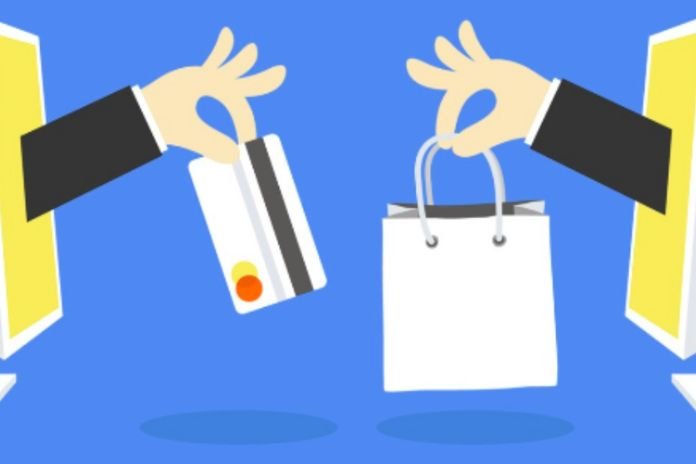Being able to have a relationship with your audience goes far beyond making relaxed posts on the internet. Consumer behavior is moldable and changes with several factors.
Fortunately, we can use surveys and other tools to understand how consumers behave now and what they expect from the brand. Those who connect to the data have an advantage! In this article, we will understand what consumer behavior is, what it has to do with the company and what the trends will be from now on.
What Is Consumer Behavior?
Consumer behavior is based on psychology, showing factors that influence the process of how people decide how to consume, discard or act about:
- products;
- services;
- company;
- ideas;
- experiences;
- objects.
Observing consumption patterns, collecting data and asking customers questions helps us learn about their consumption habits. With learning, the brand can see how potential customers respond to a launch or change. It also helps you see opportunities that have yet to be widely explored by the competition.
Why Should The Company Know Consumer Behavior?
A Salesforce survey shows 73% of more than 8,000 respondents expect companies to understand their needs and expectations. That alone would be a reason to master the subject, but there’s more!
- consumers migrate to the competitor without thinking 2x, if it provides a better experience than yours;
- By becoming familiar with the behavior of the target audience, the professional can improve or generate products and offer the best possible experience;
- The brand learns to communicate with its audience, offer the expected service, and adopt strategies that are more likely to increase sales.
Social media also has to pay attention! Thus, you will be able to use the insights from the behavioral study in MKT strategies :
- Create content for blogs and other media;
- Create ad campaigns;
- Plan communication with customers.
Eleven Factors That Influence Behavior!
Consumer behavior is impacted by both internal and external elements, which should not be ignored! To introduce you to the subject, we bring 11 of them:
- Culture: Cultural factors include core values, needs, wants, preferences, perceptions, and behaviors. The consumer learns these values from family and close people. However, the community he came from and the subgroups he belongs to also an influence;
- Social class: in addition to income, other determining factors are occupation, family background, education and place of residence. Social class is one of the main factors when predicting consumer behavior;
- Influencers: Digital influencers are already the 2nd most significant factor in purchasing. People seek referrals before buying! Therefore, they have become a means of gaining trust and new audiences and influencing the purchase decision;
- Family and friends: people still exchange ideas with each other about products, brands and experiences, and nothing like the opinion of a friendly person, right? “Offline” acquaintances weigh heavily on purchasing decisions (still);
- Age and stage of life: the purchase desires of each group are undoubtedly different. Generation X (born between 1965 and 1980) may be more interested in taking out insurance, buying a house or household products. The Millennial generation (born between 1980 and 1984) is more eco-friendly, linked to biodegradable items, veganism and so on;
- Personality: although it is a very personal aspect, it is possible to gather individuals with similar traits and observe their consumption habits. People with personality traits that tend towards compulsion will have different buying behavior from those who are cautious, for example;
- Lifestyle: it is the way we maintain ourselves in society, with our opinions, tastes, interests and attitudes. The consumer’s lifestyle highly influences buying behavior. Want to see it? If a customer leads a fitness lifestyle, he will favor healthy alternatives, buying little or no junk food;
- Personal motivation is the driving force behind every purchase decision, which makes consumers actively want to satisfy needs – only sometimes essential. Do you know when someone is motivated to lose weight? Or starting to run? You’ll probably see this person excited about getting the gym package or running shoes;
- Principles and Beliefs Are so ingrained as to prevent a buyer from logically evaluating available alternatives. They often prefer to maintain habits and routines rather than try something different. Careful! Companies that encourage behavior change but ignore or challenge their target audience’s beliefs have a hard time;
- Previous experiences: have you ever been in the situation of buying a product and being disappointed to never repurchasing it? Or are you already excited enough to recommend it to everyone and want to keep it the same for another one? Yeah, prior experiences impact when buying. Remember that people have memories, emotions and expectations regarding what they consume;
- Social networks: Twitter, Facebook, Instagram and LinkedIn are actual communities. In them, consumers share product reviews, information, advice, warnings, usage tips and much more! A lot of people trust what they discover on the networks; 60% of those interviewed by the company Amniote bought from brands that they found on the networks.
Also Read: Understand The Importance Of Apps For Your Business












